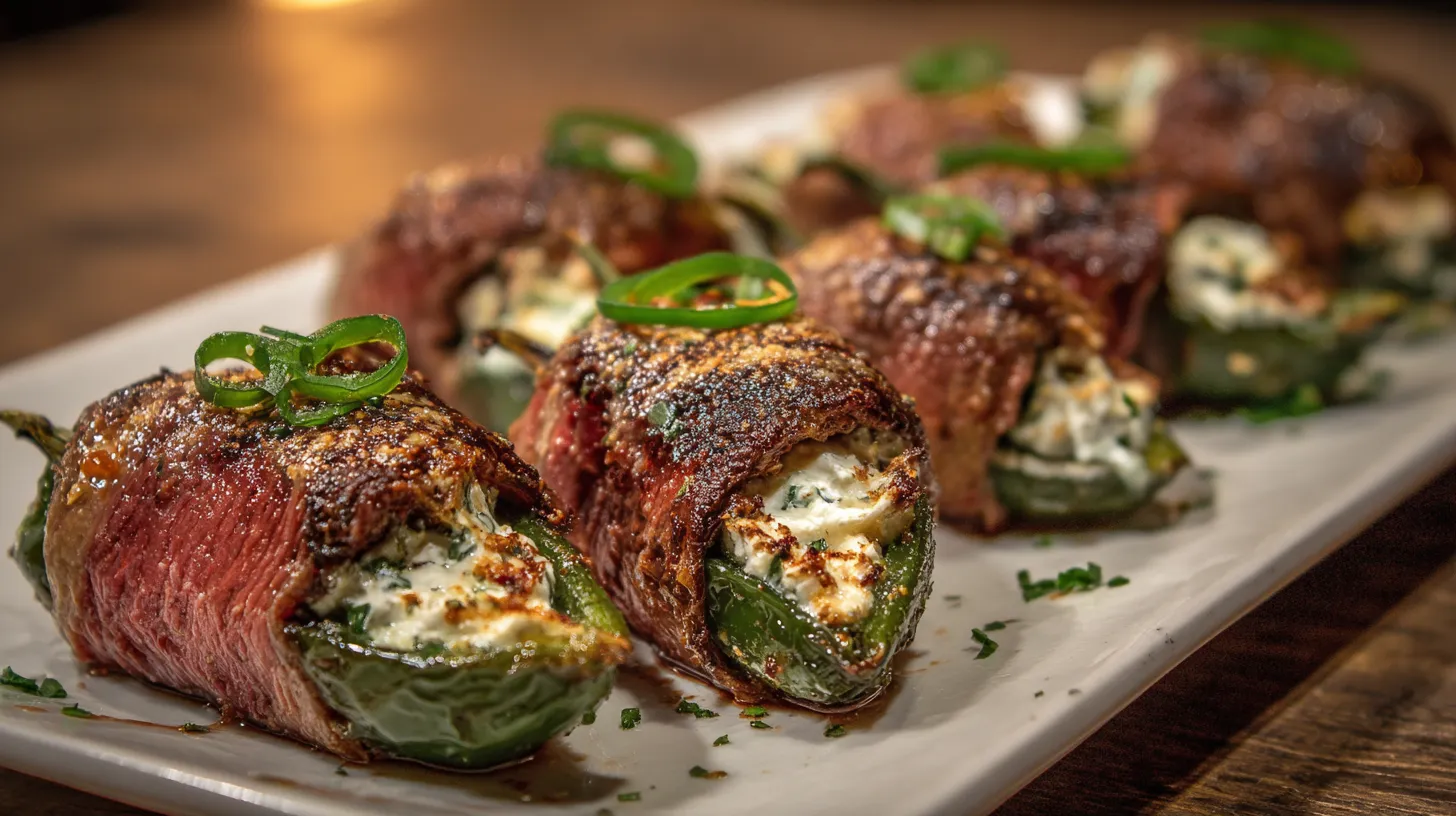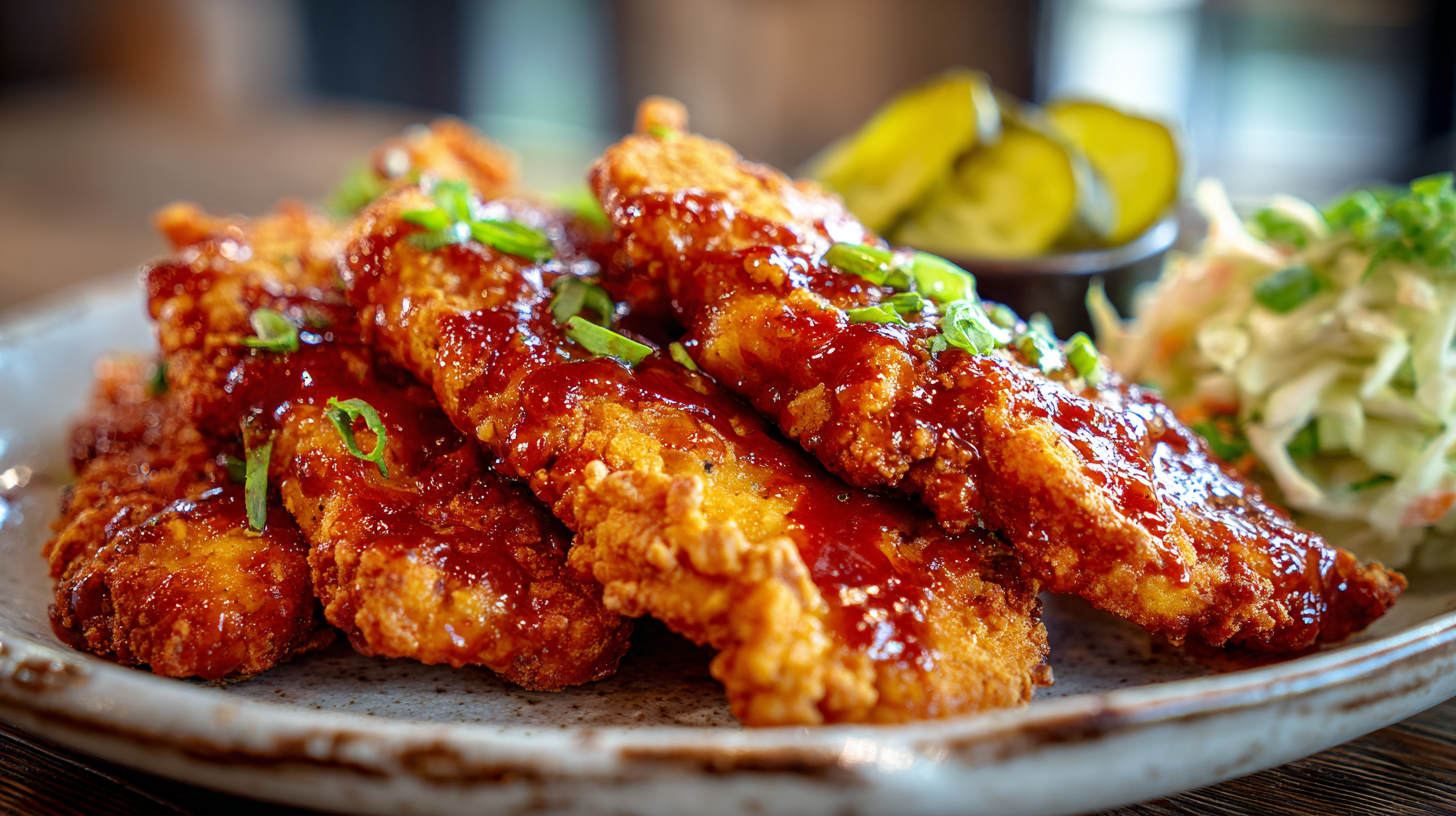Oatmeal is a staple in many households, known for its health benefits and versatility. It’s a common breakfast choice, often enjoyed with brown sugar or transformed into delicious oatmeal cookies. But when it comes to our feline friends, the question arises: Can cats eat oatmeal? This article delves into the suitability of oatmeal in a cat’s diet, exploring its nutritional value, appropriate serving sizes, and potential risks.
Nutritional Analysis of Oatmeal for Cats
Cats are obligate carnivores, meaning their diet should primarily consist of meat. However, this doesn’t mean that they can’t derive some benefits from other food types, like oatmeal. Let’s break down the nutritional aspects:
Protein and Fat Content in Oatmeal for Cats:
- Oatmeal’s protein content, although not as high as in meat, can supplement a cat’s diet. It’s important to remember that the protein in oatmeal is plant-based, and cats primarily require animal-based protein for optimal health. However, as a supplementary source, it can add variety and additional amino acids to their diet.
- The fat in oatmeal includes linoleic acid, a type of omega-6 fatty acid. This is beneficial for cats as it supports healthy skin and a shiny coat. Omega-6 fatty acids are essential fats that cats need to obtain from their diet.
Dietary Fiber:
- Oatmeal provides dietary fiber, which can be beneficial for a cat’s digestive health. Fiber aids in digestion and can help prevent issues like constipation. It also assists in maintaining a healthy weight, as it can help cats feel fuller for longer.
- However, it’s crucial to moderate the amount of oatmeal in a cat’s diet. Cats have a limited ability to process large amounts of fiber. An excess can lead to digestive upset, including diarrhea or bloating.
Other Considerations:
- It’s important to serve oatmeal plain, without any added sugar, salt, or flavorings, which can be harmful to cats.
- Always introduce new foods gradually to observe how your cat reacts. Not all cats will tolerate or enjoy oatmeal.
- Oatmeal should only be a small part of a cat’s diet, complementing their primary nutrition source, which should be high-quality cat food formulated to meet their specific carnivorous needs.
- Consult with a veterinarian before making significant changes to your cat’s diet, especially if your cat has health issues or special dietary needs.
For more detailed information on cat nutrition, you can explore PetMD’s Cat Nutrition Tips.
Feeding Guidelines for Oatmeal in a Cat’s Diet
Feeding oatmeal to cats requires careful consideration to ensure it’s both safe and beneficial for their health. It’s important to remember that cats are obligate carnivores, primarily requiring a diet rich in proteins. However, oatmeal can be a healthy treat when given in moderation. Here are some specific guidelines to follow:
Portion Size: Cats have small stomachs, so when offering oatmeal, a small amount is recommended. A tablespoon of cooked oatmeal is enough for a cat. This amount won’t disrupt their regular diet and still provides a little variety.
Frequency: Oatmeal should not be a staple in a cat’s diet. It’s best to treat oatmeal as an occasional treat rather than a regular part of their meals. Offering oatmeal once a week or even less frequently is a good rule of thumb. This ensures that the cat’s primary nutrition comes from high-protein sources, which are more suited to their dietary needs.
Preparation: When preparing oatmeal for cats, it should be plain and cooked without any added sugar, salt, or flavorings. These additives can be harmful to cats. Also, ensure the oatmeal is cooled down to a suitable temperature before serving to avoid any risk of burning their mouth.
Health Benefits: Oatmeal can provide some health benefits for cats, such as aiding in digestion due to its fiber content. It’s also a good alternative carbohydrate for cats who may be sensitive to traditional grains.
Observation: Watch your cat’s reaction to oatmeal. Some cats might enjoy it, while others might not be interested. Also, observe for any adverse reactions, such as gastrointestinal upset. If you notice any negative effects, it’s best to discontinue feeding oatmeal and consult with a veterinarian.
Consultation with a Vet: It’s always a good idea to consult with a veterinarian before introducing any new food into your cat’s diet. They can provide personalized advice based on your cat’s health, age, and dietary needs.
Remember, while oatmeal can be a healthy treat, it should never replace a cat’s regular, meat-based diet. It’s just a small part of what can be a varied and balanced diet for your feline friend.
Cats’ Preferences and Commercial Cat Food
Cats’ Natural Preferences for Meat and Fish Flavors:
- Cats are obligate carnivores, meaning their natural diet consists mainly of meat. Their taste receptors are specifically attuned to meat and fish flavors, which explains their general preference for these types of foods.
- Despite this, cats can exhibit curiosity about new foods. Their sense of smell plays a significant role in this curiosity, and they may be intrigued by the aroma of different foods, including oatmeal.
Introducing Oatmeal to Cats:
- When introducing oatmeal to a cat’s diet, it’s essential to start with a very small amount. The new taste and texture might be unfamiliar to them, and a gradual introduction helps them adjust.
- Mixing a small amount of cooked, plain oatmeal into their regular wet food can be an effective way to introduce it. This method combines the new food with a familiar and preferred flavor, making it more likely that the cat will accept it.
- Monitor the cat’s reaction closely. Some cats may show interest, while others may not be inclined to try the oatmeal at all. Respect their preference and never force a cat to eat something they are reluctant to try.
Oats in Commercial Cat Foods:
- It is indeed true that some commercial cat foods include oats as an ingredient. Oats are used as a source of carbohydrates and fiber, which can contribute to the overall nutritional balance of the food.
- In these commercial formulations, oats are used in moderation. They are not the main ingredient since the primary component of cat food should always be a high-quality source of animal protein.
- The inclusion of oats in cat food is carefully calculated to ensure that the food meets the nutritional needs of cats. These formulations are developed by pet nutrition experts and are generally balanced for a cat’s dietary requirements.
Considerations for Home-Prepared Meals:
- When adding oatmeal or any other non-meat ingredient to a cat’s diet at home, it’s important to remember that these should only be supplementary.
- The mainstay of a cat’s diet should be a nutritionally complete and balanced cat food. Home-prepared meals or additions like oatmeal can complement but should not replace professionally formulated cat food.
- If considering a significant dietary change or a homemade diet, it’s advisable to consult with a veterinarian or a pet nutritionist. They can provide guidance to ensure the cat’s dietary needs are met appropriately.
For a deeper understanding of commercial cat food ingredients, visit VCA Hospitals’ Cat Nutrition Information.
Potential Risks and Considerations
While oatmeal is safe for cats, there are some considerations:
Lactose Intolerance in Cats:
- Most adult cats are lactose intolerant, meaning they lack sufficient amounts of the enzyme lactase needed to digest lactose in milk. This intolerance can lead to gastrointestinal upset.
- When preparing oatmeal for cats, it’s important to cook it in water rather than milk. Even lactose-free milk or substitutes like almond milk can contain additives that are not ideal for a cat’s diet.
Risks of Oatmeal Cookies and Added Ingredients:
- While plain oatmeal is generally safe for cats, oatmeal cookies or flavored oatmeal should be avoided. These often contain additional ingredients like sugar, artificial sweeteners, chocolate, or raisins, which are harmful to cats.
- Raisins and grapes, in particular, are known to be highly toxic to cats and can cause sudden kidney failure. Even a small amount of these can be very dangerous.
- Spices or flavorings commonly added to oatmeal or cookies, like cinnamon or nutmeg, can also be problematic for cats. These spices are not toxic but can cause stomach upset.
Digestive Issues from Excessive Oatmeal Consumption:
- A cat’s digestive system is not designed to handle large amounts of grain or fiber. Thus, while a small amount of oatmeal can be beneficial, too much can disrupt their digestive balance.
- Symptoms like vomiting or diarrhea can occur if a cat consumes too much oatmeal. These symptoms are indications that the cat’s digestive system is struggling to process the food.
- It’s important to start with a very small portion if introducing oatmeal to a cat’s diet and to monitor their response to it. Gradual introduction helps in assessing tolerance.
Additional Points to Consider:
- Always ensure that the oatmeal is cooked thoroughly and cooled to a safe temperature before offering it to your cat.
- Oatmeal should be a treat or a minor part of the diet, not a staple. The primary diet for cats should still be high-quality commercial cat food that is specifically formulated to meet their nutritional needs as obligate carnivores.
- Remember that each cat is unique, and what works for one may not work for another. Some cats may have specific dietary needs or restrictions, so consulting with a veterinarian is advisable when introducing new foods.
Frequently Asked Questions
Is it okay to feed my cat oatmeal?
- Yes, it’s okay to feed cats oatmeal in small quantities. It should be cooked in water and offered as a treat rather than a main part of their diet.
What kind of oatmeal is safe for cats to eat?
- Cats can eat any plain variety of oatmeal, such as rolled oats, steel-cut oats, or instant oats, as long as it’s unflavored and cooked in water without any additives.
How should I prepare oatmeal for my cat?
- Oatmeal for cats can be prepared by cooking it in water on the stovetop or in a microwave until it’s soft. Alternatively, you can soak the oats overnight in water. Once cooled, it can be mixed with your cat’s regular wet food.
Can I use milk to cook oatmeal for my cat?
- No, it’s not recommended to cook oatmeal in milk for cats. Most cats are lactose intolerant, and milk can cause digestive issues. Always use water.
How often can I give my cat oatmeal?
- Oatmeal should be given only occasionally, not as a daily treat. It’s important to monitor your cat’s reaction to oatmeal and adjust accordingly.
Are there any risks associated with feeding oatmeal to cats?
- Feeding too much oatmeal can lead to digestive issues like vomiting or diarrhea, as cats are not naturally adapted to digest large amounts of grains. Always introduce oatmeal in small amounts and observe your cat’s reaction.
Can oatmeal replace my cat’s regular food?
- No, oatmeal should never replace a cat’s regular food. Cats require a diet high in animal-based proteins, and oatmeal should only be a minor addition to their overall diet.
Should I consult my vet before introducing oatmeal to my cat’s diet?
- Yes, it’s always a good idea to consult with a veterinarian before introducing new foods to your cat’s diet, especially if your cat has existing health issues or special dietary needs.
What should I do if my cat doesn’t like oatmeal?
- Cats have individual tastes and preferences. If your cat doesn’t like oatmeal, don’t force it. There are many other healthy treat options available.
Are flavored oatmeal or oatmeal cookies safe for cats?
- No, avoid giving your cat flavored oatmeal or oatmeal cookies. These often contain sugar, artificial sweeteners, or other ingredients like raisins that are harmful to cats.
In conclusion, while oatmeal is not a necessary addition to a cat’s diet, it can be a safe and occasional treat. Always remember to serve it in moderation and cooked in a simple manner. By understanding the dietary needs and preferences of your cat, you can ensure they enjoy a healthy and balanced diet. For those interested in exploring more about oatmeal in different culinary contexts, consider checking out Oatmeal Lace Cookies: A Delightful Blend of Crisp and Chewy for a human perspective on this versatile ingredient. Additionally, if you’re curious about why some people choose to stop eating oatmeal, Why I Stopped Eating Oatmeal offers an insightful read.







